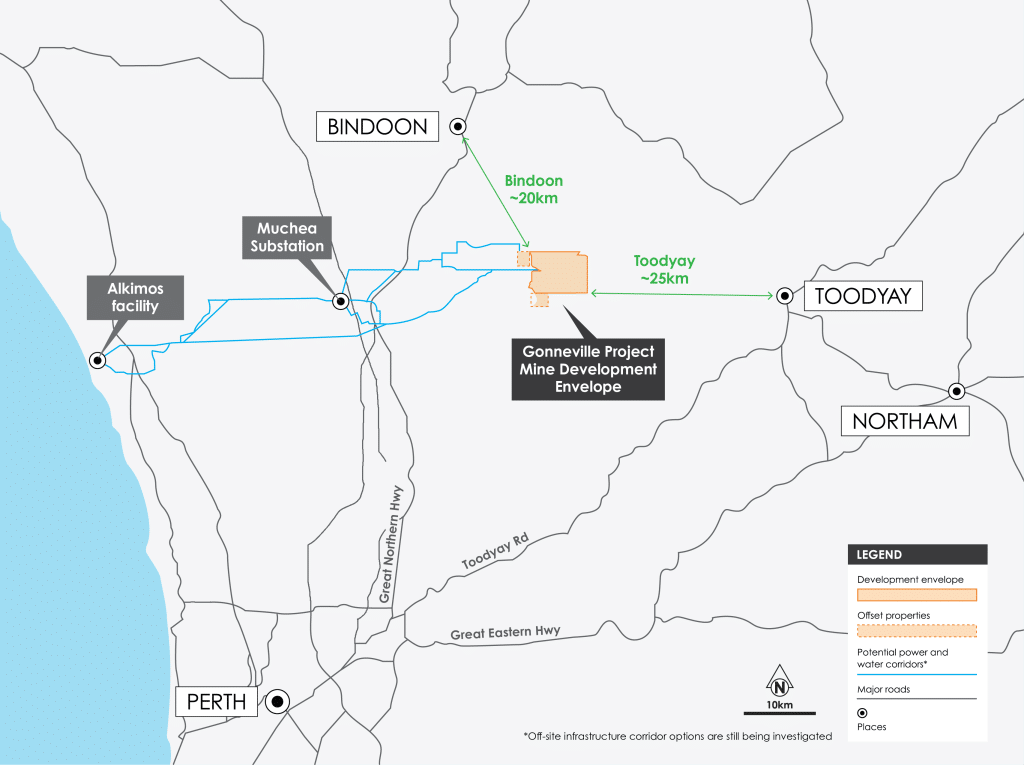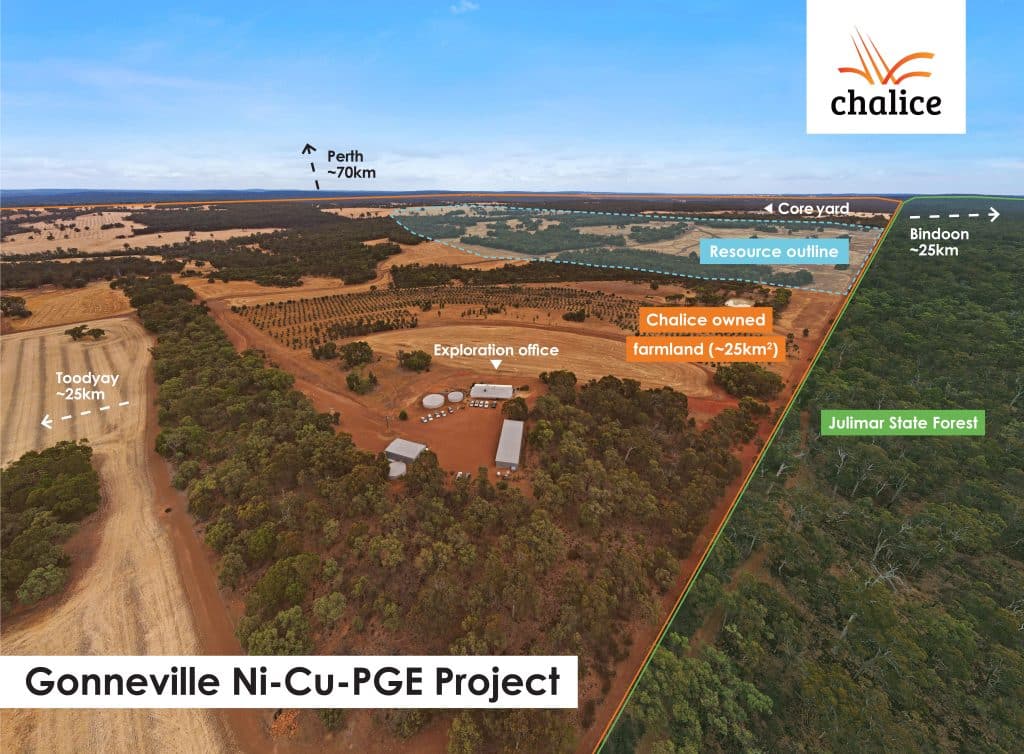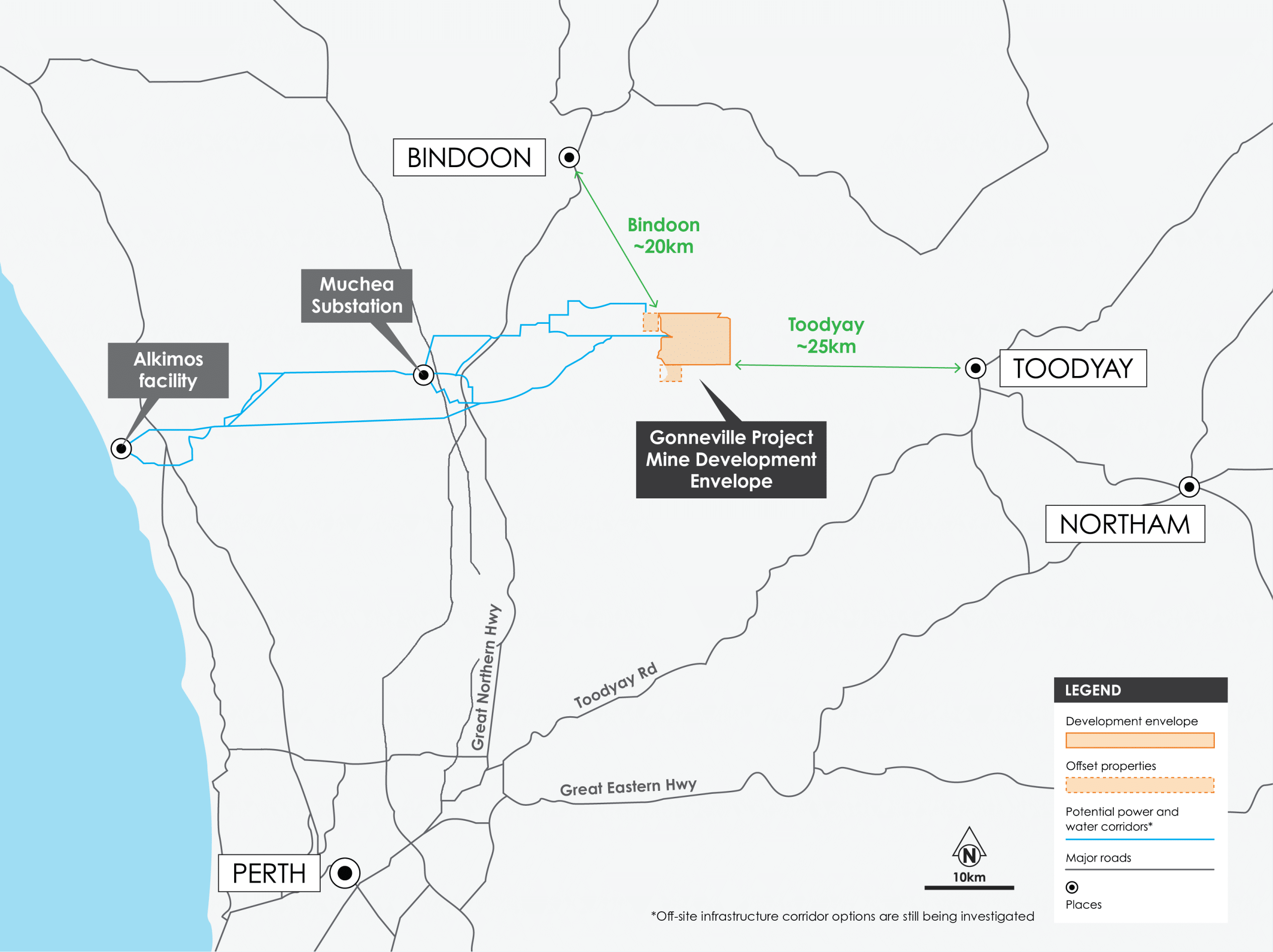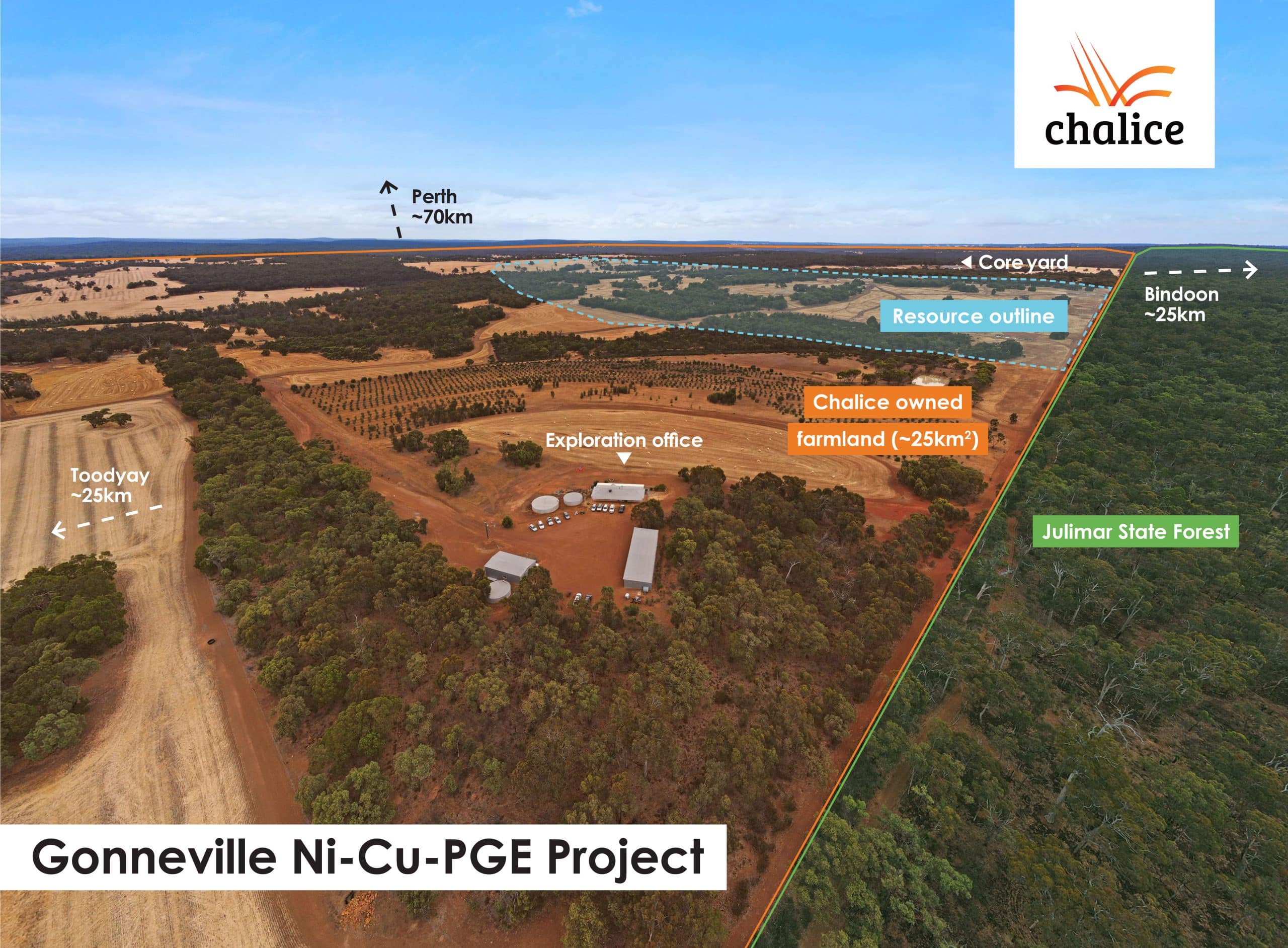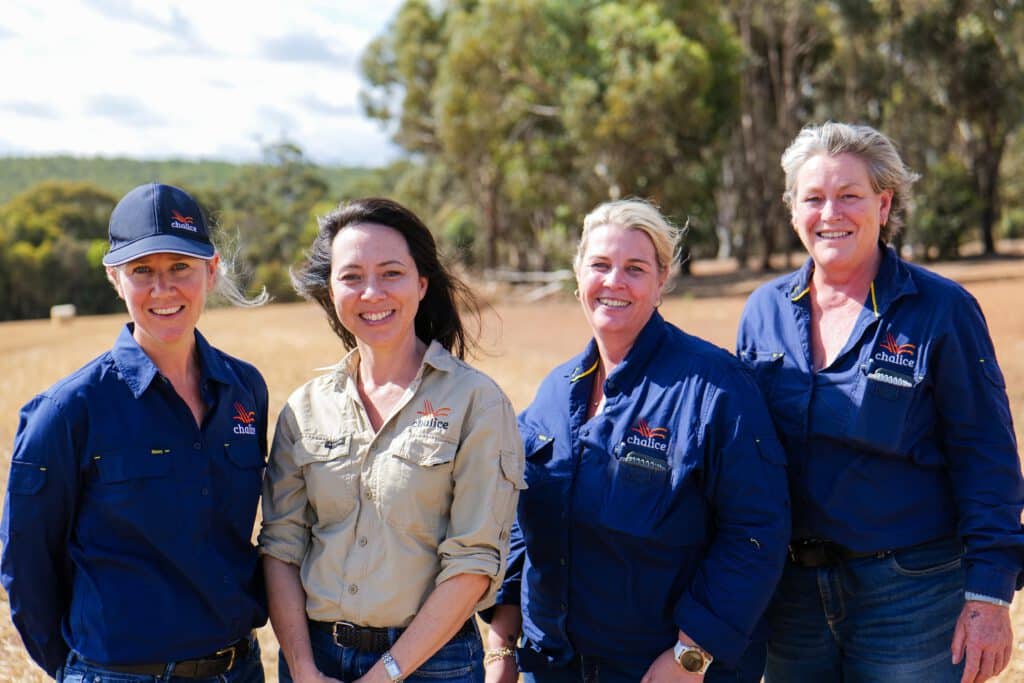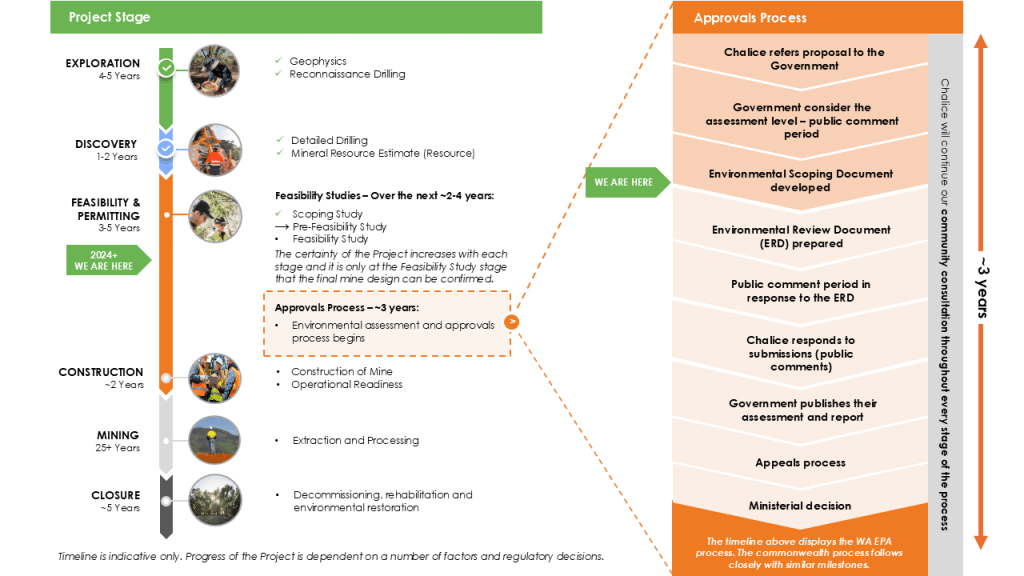
About the approvals processes
The Gonneville Project is a critical minerals mine development containing palladium, platinum, nickel, copper and cobalt. These critical minerals are essential for technologies that will help address climate change and supply is predicted to fall short of future demand.
Before a mine can be developed, the Project must receive the approval of State and Commonwealth Governments, subject to a comprehensive environmental assessment to evaluate details of the proposed mine and infrastructure corridors; the potential environmental impacts, and how these impacts will be avoided, mitigated and managed.
The Project is in the engineering studies and approvals stage. Chalice has chosen to complete environmental approvals processes alongside ongoing engineering studies to ensure community feedback and environmental considerations can be incorporated early in the Project plans. The approvals process and further studies are expected to take approximately 3 years to complete.
Environmental Approvals Update
In March 2024 Chalice submitted the Project for State and Commonwealth assessments and both have published a determination that the Project should be assessed. The WA Environmental Protection Authority (WA EPA) will assess at the highest level – Public Environmental Review. The Commonwealth has determined that the Project proposal is a Controlled Action and will be assessed through a Public Environmental Report. The timeline above outlines the key milestones throughout the environmental approvals processes.
The timeline above displays the WA EPA process. The Commonwealth process follows closely with similar milestones.
Development Area
If approved, the Gonneville Project would mine and process ore that would be transported to domestic or overseas customers for further refinement into end-use metals. The proposed Project includes:
These elements will be contained within a 2,240ha (~22.4km2) development area on farmland owned by Chalice. This land is already 56% cleared from previous agricultural use.
The Project also includes options for off-site infrastructure corridors for water pipelines and power lines. Multiple corridor options are being considered and investigated in consultation with Water Corporation and Western Power.
Transportation corridors are still in design phase with road and/or existing rail infrastructure options being considered.
The Gonneville Project contains palladium, platinum, nickel, copper and cobalt. These are critical minerals essential for technologies that will help address climate change. Supply of these minerals is predicted to fall short of future demand.
These critical minerals are essential for technologies such as:
The Gonneville Project has the potential to deliver substantial benefits to the region through local job creation, local business opportunities and new opportunities for the regional economy.
Economic studies1 have forecast that the Gonneville Project has the potential to deliver:
~1200 peak jobs during construction and ~500 jobs during operation. Chalice will prioritise local employment and suppliers wherever possible and expects these opportunities to grow significantly throughout construction and operations.
Chalice and our contractors have contributed ~$8.2 million to the local communities surrounding the Gonneville Project over the past three years (FY21-23).
Throughout the project timeline, Chalice will continue to fund opportunities through our Community Investment Program and, once in operation, through the Chalice Mining Community Fund with the Shire of Toodyay.
How are environmental impacts assessed?
The Proposal will be assessed in accordance with the State Environmental Protection Act 1986 and the Commonwealth Environment Protection and Biodiversity Conservation Act 1999.
Chalice has undertaken extensive field studies since 2020 to understand the environmental considerations of the Project area, including:
- Surveys of flora, fauna and vegetation to gather information about the diversity, health and location of species. This has included surveys for threatened and priority species such as black cockatoo and chuditch, and native vegetation studies.
- Studies of surface and ground water resources to understand the water quality, quantity and movements.
- Archaeological and ethnographic cultural heritage surveys conducted by Whadjuk Traditional Owners.
Chalice will prepare an Environmental Review Document (ERD) that will provide details of the proposed mine and its potential environmental impacts, and details of the studies completed by Chalice.
The ERD will be made available for the community to review and comment on as the Project develops.
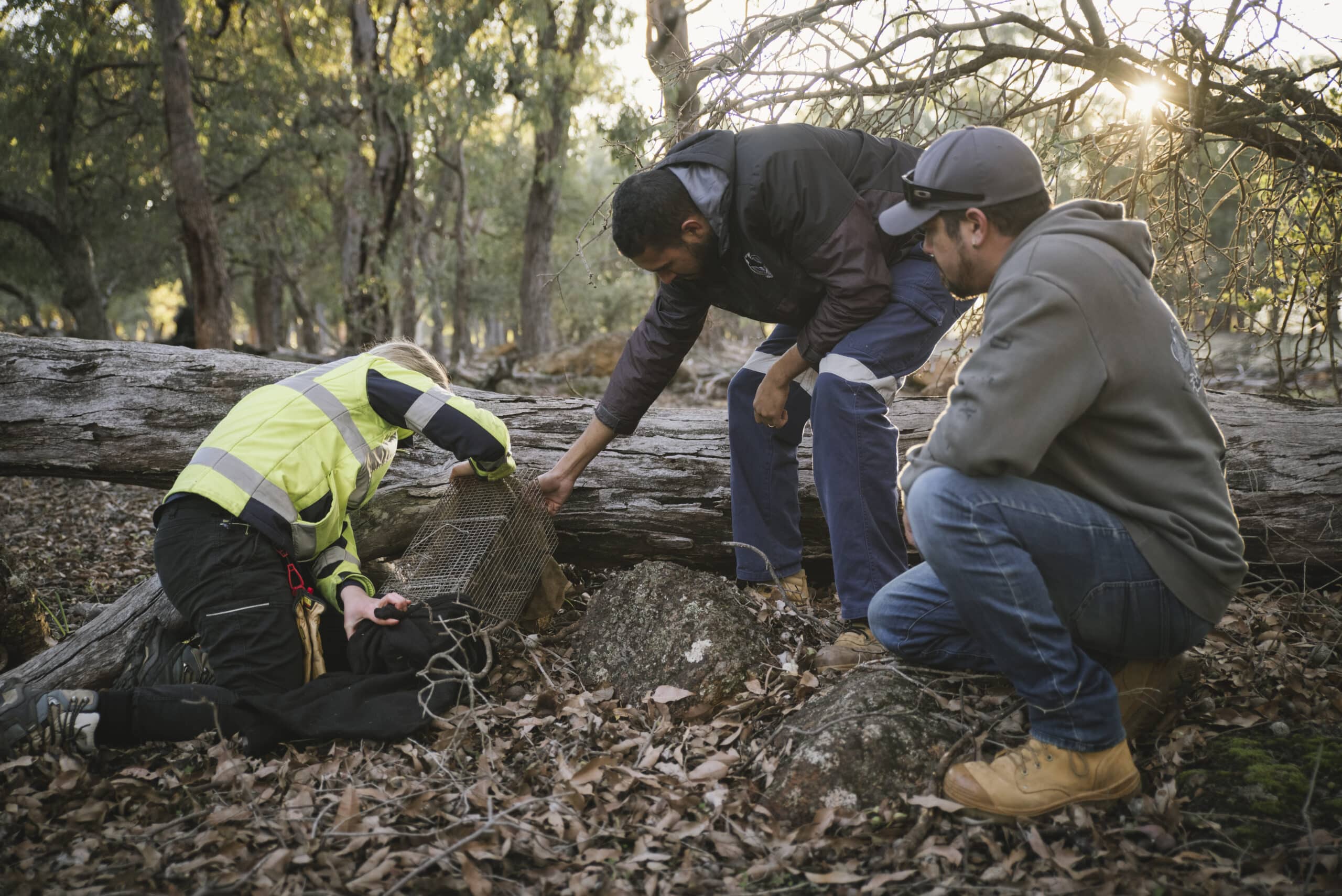
For more information about the environmental assessment and approvals process, visit:
Find information about the referral & approval process for the State Government.
Find information about the referral & approval process for the Commonwealth Government
For more detail on the Project inclusions and environmental studies completed so far, head to the information sheets
